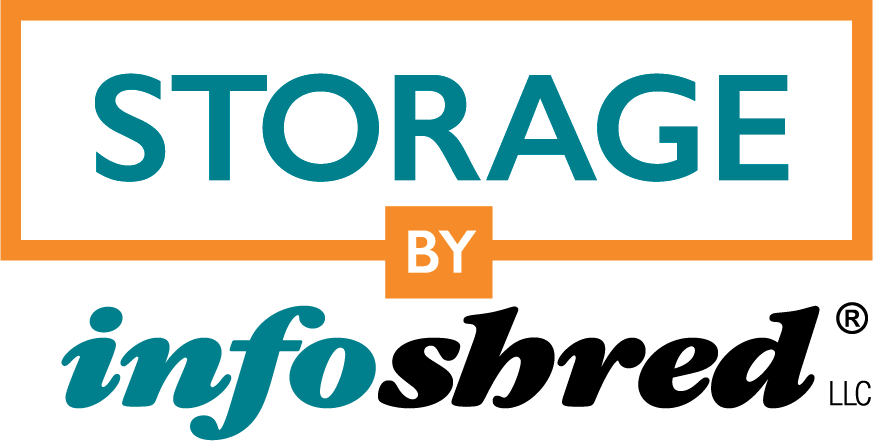In today’s digital age, the question of whether to store records in paper or digital format is more relevant than ever. While the push towards digitization is strong, paper records continue to hold their ground, and for good reasons. Finding the right balance between paper and digital records storage is essential for organizations aiming to maintain efficiency, security, and compliance.
The Case for Digital Storage
Digital records storage offers undeniable advantages, and it’s easy to see why so many organizations are embracing it. Here are some of the key benefits:
- Efficiency: Digital records are easily accessible with a few clicks or keystrokes. They can be searched, sorted, and organized much more quickly than paper documents, saving time and resources.
- Space-saving: One of the most apparent advantages of digital records is the significant reduction in physical storage space required. For organizations dealing with limited office space, this can be a game-changer.
- Enhanced Security: Digital records can be encrypted, password-protected, and backed up to prevent data loss. This level of security is challenging to achieve with paper documents, which can be lost or stolen more easily.
- Collaboration and Accessibility: Sharing digital records among team members, especially in remote work settings, is seamless. Collaboration on documents can happen in real-time, boosting productivity.
- Searchability: Finding specific information within digital records is a breeze, thanks to search functions and metadata. This can be a significant time-saver when compared to physically rifling through paper files.
- Environmental Benefits: Going digital often means using less paper, which contributes to a reduction in environmental impact. It’s a more sustainable choice in the long run.
The Case for Paper Storage
While digital storage offers a plethora of advantages, paper storage shouldn’t be underestimated. Here are some reasons why organizations still rely on paper records:
- Tangible Records: There’s a sense of security and trust associated with tangible paper records. Some people find comfort in knowing that the information they need is physically present, reducing the risk of data loss due to technology failures.
- Regulatory Compliance: Certain industries and organizations, such as healthcare and legal firms, are subject to strict regulations regarding record-keeping. In some cases, these regulations require the use of physical paper records for legal and compliance purposes.
- Longevity: Well-maintained paper records have a long shelf life, often outlasting digital storage systems. Digital formats may become obsolete as technology evolves, potentially rendering some records inaccessible.
- No Cybersecurity Concerns: Paper records are immune to hacking, data breaches, and other digital security threats. For sensitive information, this can be a compelling reason to stick with paper.
- Accessibility During Outages: In the event of power outages or technical failures, paper records remain accessible. They don’t rely on electricity or an internet connection to be viewed or updated.
Finding the Right Balance
The choice between paper and digital records storage isn’t necessarily an either-or decision. Finding the right balance between the two can provide the best of both worlds. Here are some strategies to achieve this balance:
- Assess Your Needs: Start by assessing your organization’s specific needs and requirements. Identify which records are essential to have in physical form and which can be digitized. Regulatory requirements should play a significant role in this decision.
- Prioritize Key Records: Not all records are equally important. Prioritize records that need extra security or have a long lifespan for physical storage, while more transient or frequently accessed documents can be digitized.
- Implement a Hybrid System: Consider adopting a hybrid records storage system. Use digital storage for most records but maintain physical copies of critical documents, providing the desired level of security and compliance.
- Regularly Review and Update: Continuously review your records storage strategy. As technology advances and regulations change, your balance between paper and digital may need adjustment.
- Invest in Quality Storage Solutions: Whether it’s for paper or digital records, investing in quality storage solutions is essential. Ensure that paper records are stored in climate-controlled environments to prevent deterioration, and digital records are backed up securely.
- Training and Education: Train your team on how to use and manage the chosen storage systems effectively. Both paper and digital records require proper organization and management to be truly beneficial.
In conclusion, the choice between paper and digital records storage is not a one-size-fits-all decision. The right balance for your organization depends on your specific needs, regulatory requirements, and the nature of your data. By carefully considering the advantages and limitations of both formats and implementing a thoughtful strategy, you can find the perfect equilibrium that enhances efficiency, security, and compliance within your organization. Whether paper or digital, effective records storage is crucial for maintaining a well-organized and productive business environment.
Request an estimate on our website or by calling 860-627-5800 to learn more. Our experts will ask you a few questions to better understand your requirements, after which they will tell you exactly what to expect from start to finish, including the cost.





